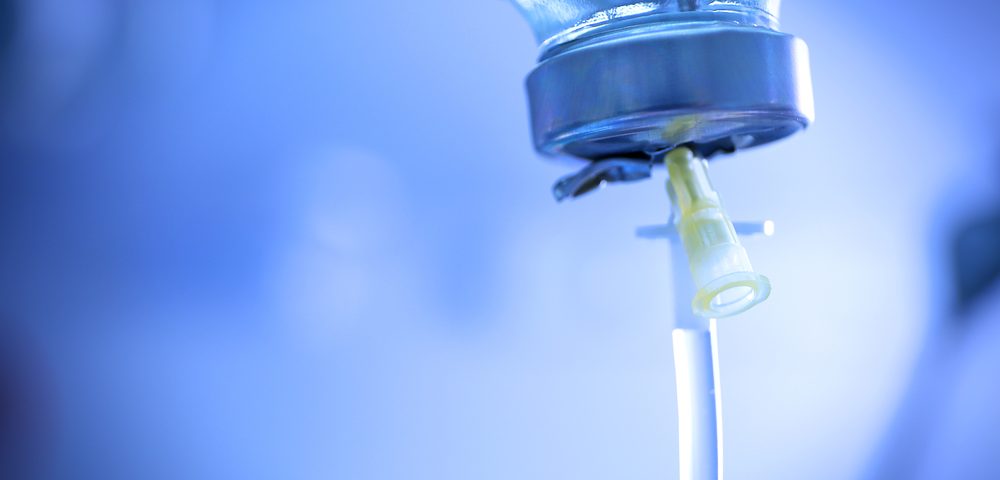Laparoscopy, a minimally invasive surgery also known as keyhole surgery, was successful at resecting a large painful cyst from the spleen of a type 1 Gaucher disease patient.
This case study supports laparoscopy as a potential alternative to more invasive approaches, namely splenectomy — the surgical removal of the spleen.
The study, “Laparoscopic fenestration for a huge symptomatic splenic cyst in a patient with Gaucher’s disease,” was published in the Clinical Journal of Gastroenterology.
Patients diagnosed with Gaucher disease type 1 also often have an enlarged spleen accompanied by the rapid and premature destruction of blood cells, a condition called hypersplenism. Patients may worsen until their spleen ruptures.
To prevent this, patients with type 1 Gaucher disease generally undergo a splenectomy, the partial or complete removal of the spleen.
The downsize of this approach is that Gaucher cells — a hallmark of the disease — may instead accumulate in the bone marrow and liver, which can often worsen a patient’s condition. Roughly 10 percent of all splenectomy patients end up dying.
In this case report, researchers describe the case of a 34-year-old woman who arrived at Jikei University School of Medicine in Tokyo, Japan, with a large cyst in her spleen accompanied by pain in her upper abdomen.
She had been diagnosed with Gaucher disease type 1 at age 3, and had symptoms in her spleen at that time.
The woman had been undergoing enzyme replacement therapy (ERT) since she was 15.
At 25 she began experiencing worsening abdominal pain, but the cyst in her spleen, the cause of the pain, remained undetected.
“When she visited our hospital for treatment of the pain 9 years later, distension of the upper left quadrant and a huge palpable mass were detected on physical examination,” investigators wrote.
Magnetic resonance imaging (MRI) detected a large splenic cyst compressing the stomach.
Clinicians decided on a laparoscopic fenestration (opening) of the cyst, a minimally invasive surgical procedure where a surgeon accesses the inside of the abdomen without having to make large incisions in the skin.
The patient recovered well without any post-surgery incidents and was discharged 11 days after the procedure.
In a follow-up one month later using abdominal computed tomography, no recurrence of the splenic cyst was observed. One year after the surgery, the patient remains well with no recurrence of symptoms.
“We emphasized that laparoscopic splenic cyst fenestration may be the first choice” for treating Gaucher disease patients with symptomatic splenic cysts, researchers wrote.


